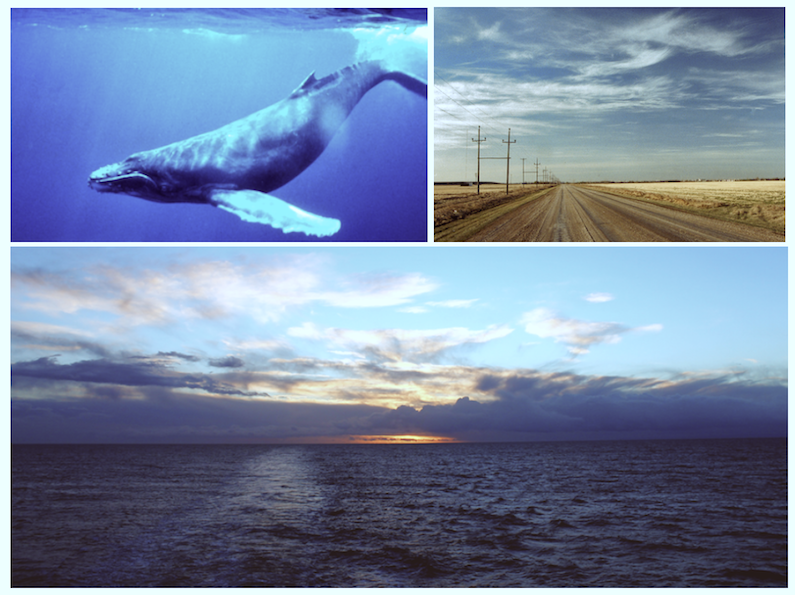This article is intended as a follow-up to yesterday’s article entitled Sanskrit words for animals: haikus of first impressions. Its subject is a device employed in traditional Germanic verse, such as the poetry produced by the Anglo-Saxons or of their Scandinavian neighbours during the early mediaeval period, a compound metaphor known by the name of kenning. The word kenning is derived from the Old Norse verb kenna, to name or call, hence in the context of poetry: to refer to by periphrasis, to name by giving a name instead of using a common noun. Just as the Sanskrit compounds discussed yesterday, kennings also always consist of two words used to refer obliquely to an object by describing one of its characteristic features, which the user of the language judges to be distinctive enough to make the reference clear even if only consisting of an allusion.
Kennings distinguish themselves from the said Sanskrit words by their riddle-like artificiality, which results from the use of one of the compounded words (usually the first) to produce a tension with the other by making the first hint at the referred object and the second play with the possibility to see this object as something else by analogy. A typical example of this is to be found in the opening lines of Beowulf, where a king is said to be obeyed far and wide across the hronrād, the whale-road, i.e. the sea. On a very similar note the sea is also repeatedly called swānrād, the swan-road. And, by translation of the predominantly martial theme of heroic poetry to the natural world, the restlessly tossing sea is also called ȳðgewinn, the battle or strife of the weaves. When the same restless tossing takes place in our breast, then this is called breostwylm, breast-welling, and means emotion.
Kennings for the word sword are also frequent. One of them is particularly striking for disembodying this otherwise so physical tool of death by calling it a beadolēoma, battle-light. These battle-lights are then at times personified and said to be thirsty of hildeswāt, the sweat of battle, i.e. blood, which itself is a striking example of personification followed by analogy with the human body. By an opposite process of partial objectification, the human body itself is referred to by the kennings bānhūs and bānloca, bone-house and bone-locker. For another example Old English poetic imagery see also the short article entitled The poisoned twigs.
The particular poetical effect of kennings lies in the recognition of something familiar in an unfamiliar guise by deciphering its meaning instead of going the direct way of automated understanding through common nouns. Kennings are another example of how poetry consists in looking at the world as if it was for the first time and as if nothing had an established name or word. Poetry is a world built on words because it assumes that the world is nameless.
Silvio Zinsstag,
teacher for ancient languages


